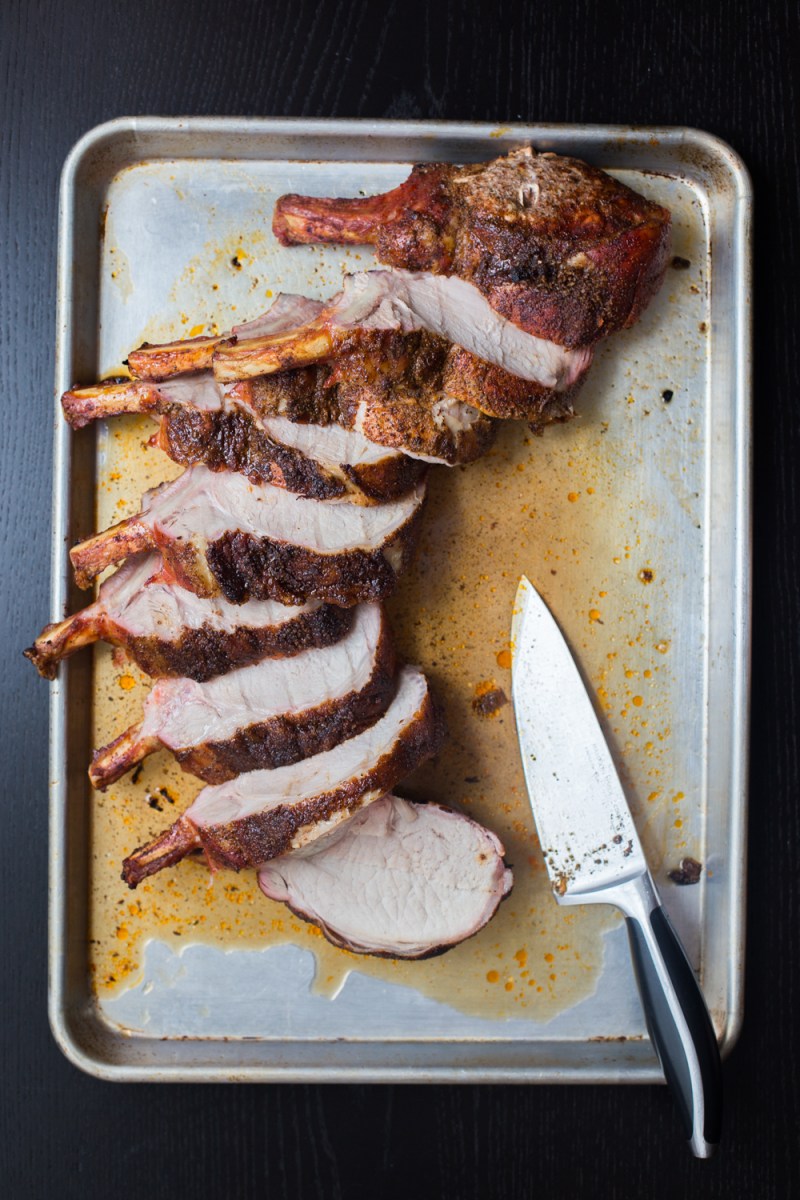
This past weekend was probably one of our last opportunities to grill in nice weather – it was a cool 45F outside, just enough to require my jacket and a careful eye on my charcoal. I’ll likely grill through the winter, but I figured now would be a good time to share this recipe for Inihaw na Liempo (Filipino Grilled Pork Belly).
Pork has a long history in Filipino cuisine; the Tagalog word for pig, baboy, is likely derived from the Indo-Malay babi/bayi, indicating that pork spread to the Philippine archipelago alongside its early inhabitants. For reference, there is evidence of humans living in the Philippines some 67,000 years ago, but they were likely displaced by several other arriving groups until about 6,000 years ago, when Malayo-Polynesians first arrived from East Asia. There is no perfect way to determine whether the pigs are an ancient member of the archipelago, but the fact that pigs have cultural significance on the islands is a good indication; for example, the seafaring Sama-Bajau, an ethnic group who live mostly in the Southern Philippines, used simple pig-shaped constellation clusters to navigate prior to the arrival of Europeans and their more advanced navigational methods.
Inihaw na Liempo is a more modern preparation of pork belly, using ingredients with both short and long histories in the Philippines. Many recipes today call for banana ketchup, which was a replacement for tomato ketchup invented during tomato shortages in World War II. Intrigued by the idea, I decided to mash a couple bananas into my marinade, and was pleasantly surprised by the fruity notes that complemented the crispy pork belly. Just be sure to keep a watchful eye on the grill – the natural sugars in the banana tend to encourage browning. For that reason, I like to slice my pork belly relatively thin, at 1/2″, to ensure the pork cooks through before getting too browned (plus, thinner slices = more crispy surface texture).
Read Full Article











